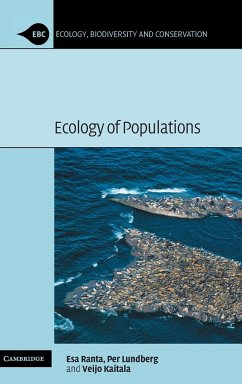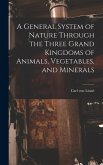Short description/annotation
This book aims to bring together analytical population dynamics, random processes and community structure into a common framework.
Main description
The theme of the book is the distribution and abundance of organisms in space and time. The core of the book lies in how local births and deaths are tied to emigration and immigration processes, and how environmental variability at different scales affects population dynamics with stochastic processes and spatial structure and shows how elementary analytical tools can be used to understand population fluctuations, synchrony, processes underlying range distributions and community structure and species coexistence. The book also shows how spatial population dynamics models can be used to understand life history evolution and aspects of evolutionary game theory. Although primarily based on analytical and numerical analyses of spatial population processes, data from several study systems are also dealt with.
Table of contents:
1. Introduction; 2. Population renewal; 3. Population dynamics in space - the first step; 4. Synchronicity; 5. Order- disorder in space and time; 6. Structured populations; 7. Biodiversity and community structure; 8. Habitat loss; 9. Harvesting and management; 10. Resource matching; 11. Spatial games; 12. Evolutionary and population dynamics; 13. Epilogue.
This book aims to bring together analytical population dynamics, random processes and community structure into a common framework.
Main description
The theme of the book is the distribution and abundance of organisms in space and time. The core of the book lies in how local births and deaths are tied to emigration and immigration processes, and how environmental variability at different scales affects population dynamics with stochastic processes and spatial structure and shows how elementary analytical tools can be used to understand population fluctuations, synchrony, processes underlying range distributions and community structure and species coexistence. The book also shows how spatial population dynamics models can be used to understand life history evolution and aspects of evolutionary game theory. Although primarily based on analytical and numerical analyses of spatial population processes, data from several study systems are also dealt with.
Table of contents:
1. Introduction; 2. Population renewal; 3. Population dynamics in space - the first step; 4. Synchronicity; 5. Order- disorder in space and time; 6. Structured populations; 7. Biodiversity and community structure; 8. Habitat loss; 9. Harvesting and management; 10. Resource matching; 11. Spatial games; 12. Evolutionary and population dynamics; 13. Epilogue.








